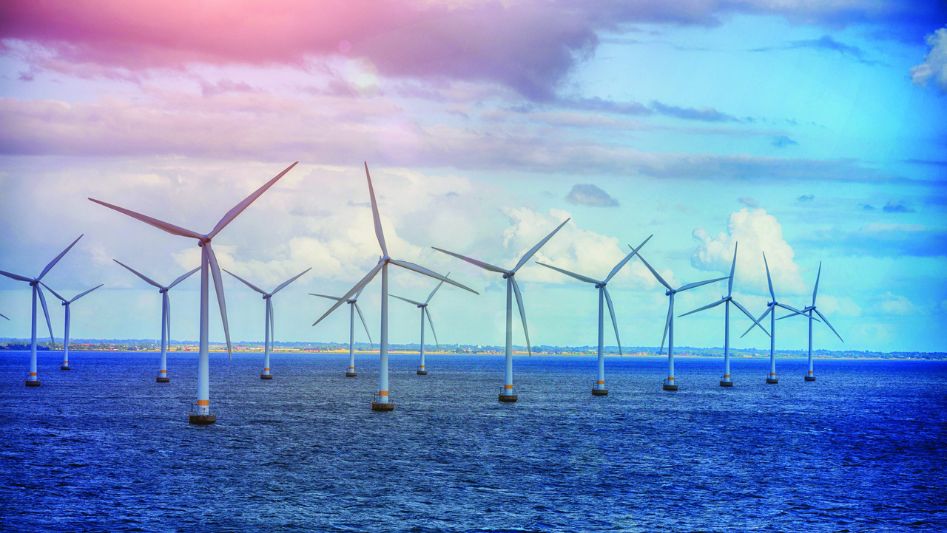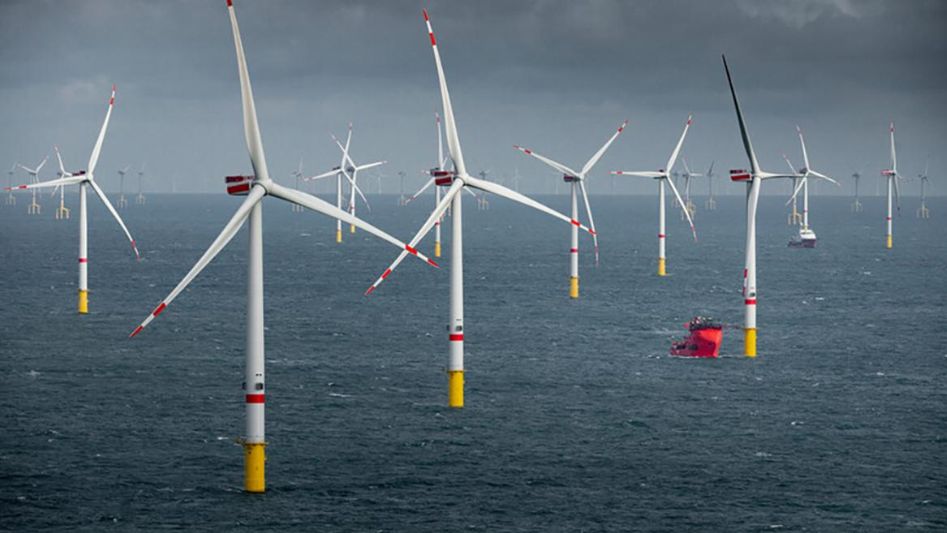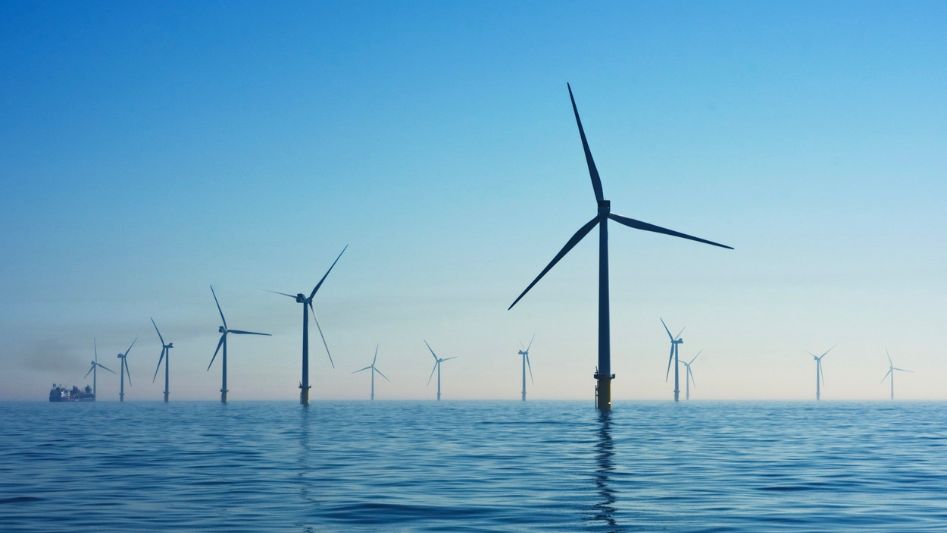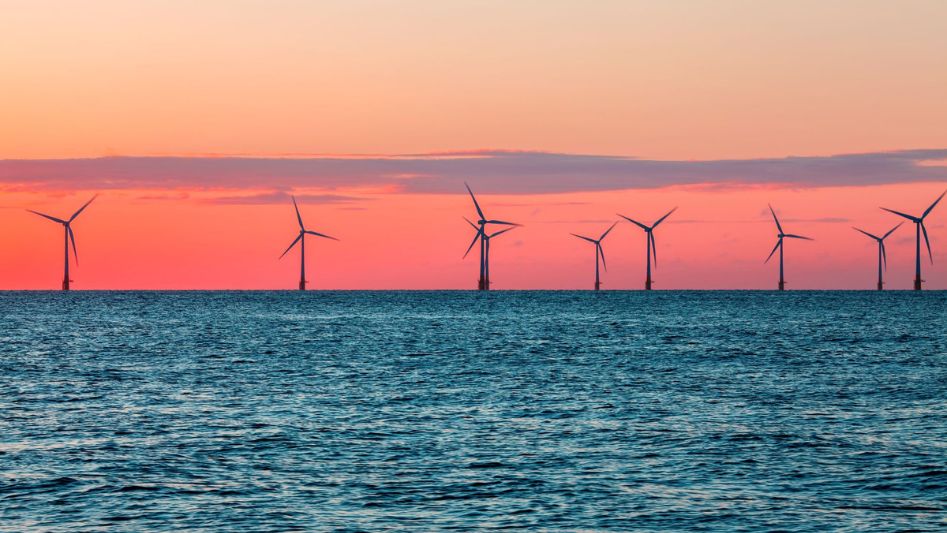As the world continues to grapple with the effects of climate change, the search for clean and renewable sources of energy has become increasingly urgent. Offshore wind energy has emerged as a promising solution, harnessing the power of the wind to generate electricity while minimizing greenhouse gas emissions. However, like any form of energy production, offshore wind farms have their own environmental impacts. This article explores the environmental impact of offshore wind energy and how sustainability measures can mitigate these effects.
Table Of Content
We invite you to read: “Onshore Versus Offshore Wind Energy: Pros & Cons”

Offshore Wind Energy: A Clean Power Source
1. Harnessing the Wind
Offshore wind energy involves the installation of wind turbines in bodies of water, such as oceans or seas, where strong and consistent winds prevail. These turbines convert the kinetic energy of the wind into electricity, providing a clean and renewable source of power. Unlike fossil fuels, offshore wind energy produces no direct emissions of carbon dioxide (CO2), making it a key component of efforts to reduce greenhouse gas emissions.
2. Advantages of Offshore Wind Farms
Offshore wind farms offer several advantages over their onshore counterparts. Firstly, they can tap into stronger and more consistent wind resources, resulting in higher electricity generation. Secondly, they are often located close to densely populated coastal areas, reducing transmission losses and costs. Lastly, offshore wind turbines are less likely to face public opposition and aesthetic concerns, as they are typically situated far from shorelines.
Environmental Impact of Offshore Wind Energy
1. Habitat Disruption
One of the primary environmental concerns associated with offshore wind farms is the potential disruption to marine ecosystems. The installation and operation of turbines can impact local marine habitats and wildlife. For instance, the construction phase may involve pile driving into the seabed, which can generate underwater noise and disturb marine life. Additionally, the presence of turbines can alter the behavior of fish and marine mammals, potentially leading to changes in migration patterns and feeding grounds.
2. Navigation and Shipping
Offshore wind farms can also affect navigation and shipping activities. Turbines and associated infrastructure may obstruct existing shipping lanes, requiring vessels to alter their routes. This can result in increased fuel consumption and emissions from ships, counteracting some of the environmental benefits of wind energy.
We invite you to read: “Offshore Wind Farms: Powering Coastal Communities with Clean Energy”

3. Visual Impact
While offshore wind farms are generally less visually intrusive than onshore wind farms, they are not without aesthetic concerns. Some people find the presence of turbines on the horizon to be visually unappealing, and this can impact tourism and property values in nearby coastal communities.
Mitigating the Environmental Impact
1. Site Selection
Careful site selection is crucial to minimize the environmental impact of offshore wind farms. Developers must choose locations with minimal disruption to sensitive ecosystems and wildlife habitats. Environmental impact assessments are conducted to identify potential risks and mitigation measures.
2. Turbine Design
Advancements in turbine design and technology can reduce the impact on marine life. For example, quieter turbine foundations and the use of monopile structures can lessen underwater noise during construction. Developers can also implement measures to reduce bird collisions, such as radar systems to detect and deter birds.
3. Monitoring and Research
Continuous monitoring and research are essential to understand the long-term environmental effects of offshore wind farms. Scientists and environmental organizations collaborate with developers to track changes in marine ecosystems, wildlife behavior, and water quality, enabling adaptive management strategies.
4. Decommissioning and Restoration
Offshore wind farm developers are increasingly required to plan for decommissioning at the end of a turbine’s operational life. Proper decommissioning ensures the removal of infrastructure and the restoration of the seabed to its original state, minimizing long-term environmental impacts.
We invite you to read: “Offshore Wind Farms: The Advantages and Challenges”

Conclusion
Offshore wind energy holds great promise as a clean and renewable energy source to combat climate change. However, it is vital to acknowledge and address its environmental impacts. Through responsible site selection, advanced turbine design, ongoing research, and sustainable decommissioning practices, we can harness the power of the wind while safeguarding our marine ecosystems and coastal communities. As we strive for a more sustainable future, offshore wind energy can play a significant role in reducing our reliance on fossil fuels and mitigating the environmental challenges we face.
FAQs
How does offshore wind energy benefit the environment?
Offshore wind energy is a clean and renewable energy source that produces no direct carbon emissions, helping reduce greenhouse gas emissions.
What are the environmental concerns associated with offshore wind farms?
Environmental concerns include habitat disruption, potential impacts on marine life, changes in navigation, and visual impact on coastal landscapes.
How can the environmental impact be mitigated?
Mitigation measures include careful site selection, advanced turbine design, ongoing monitoring and research, and responsible decommissioning and restoration practices.
Is offshore wind energy a sustainable solution for our energy needs?
Offshore wind energy is a promising and sustainable solution, but its environmental impact must be managed to ensure long-term sustainability.
You May Also Like
- Massive Offshore Wind Venture: Orchid Energy Introduces 10 GW Plans for Queensland
- Offshore Wind Farms: Mitigating the Challenges of Onshore Wind Energy
- Wind Turbine Farms: Powering Communities with Clean Energy
- The Evolution of Wind Turbine Technology: Past, Present, and Future
- Wind Turbine Innovation: Small-Scale Solutions with Big Impact
External Links
- WIND ENERGY & ENVIRONMENTAL IMPACTS
- Assessing environmental impacts of offshore wind farms: lessons learned and recommendations for the future
- Wind energy and the environment
- Reviewing the ecological impacts of offshore wind farms
- Environmental Impacts of Global Offshore Wind Energy Development until 2040

